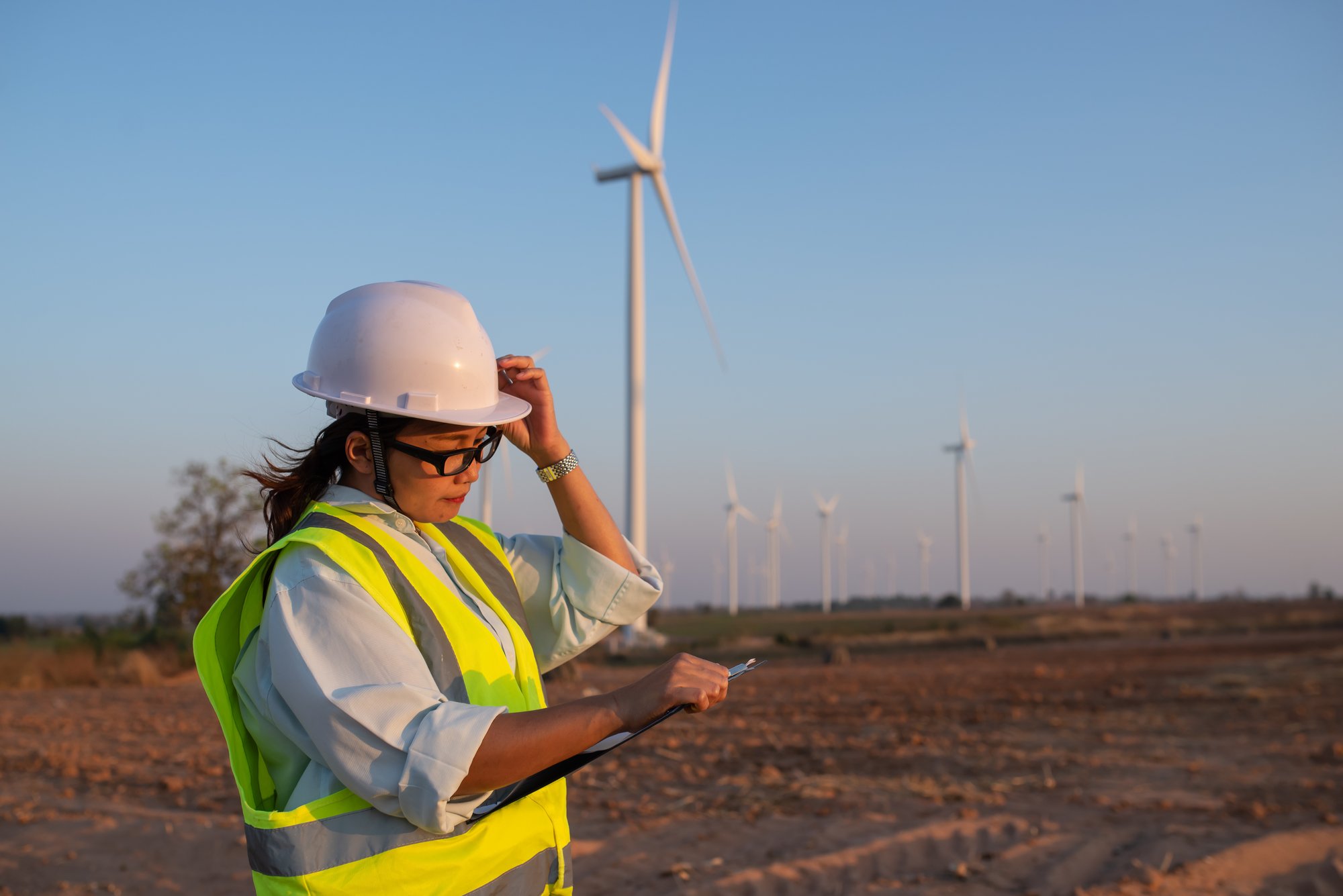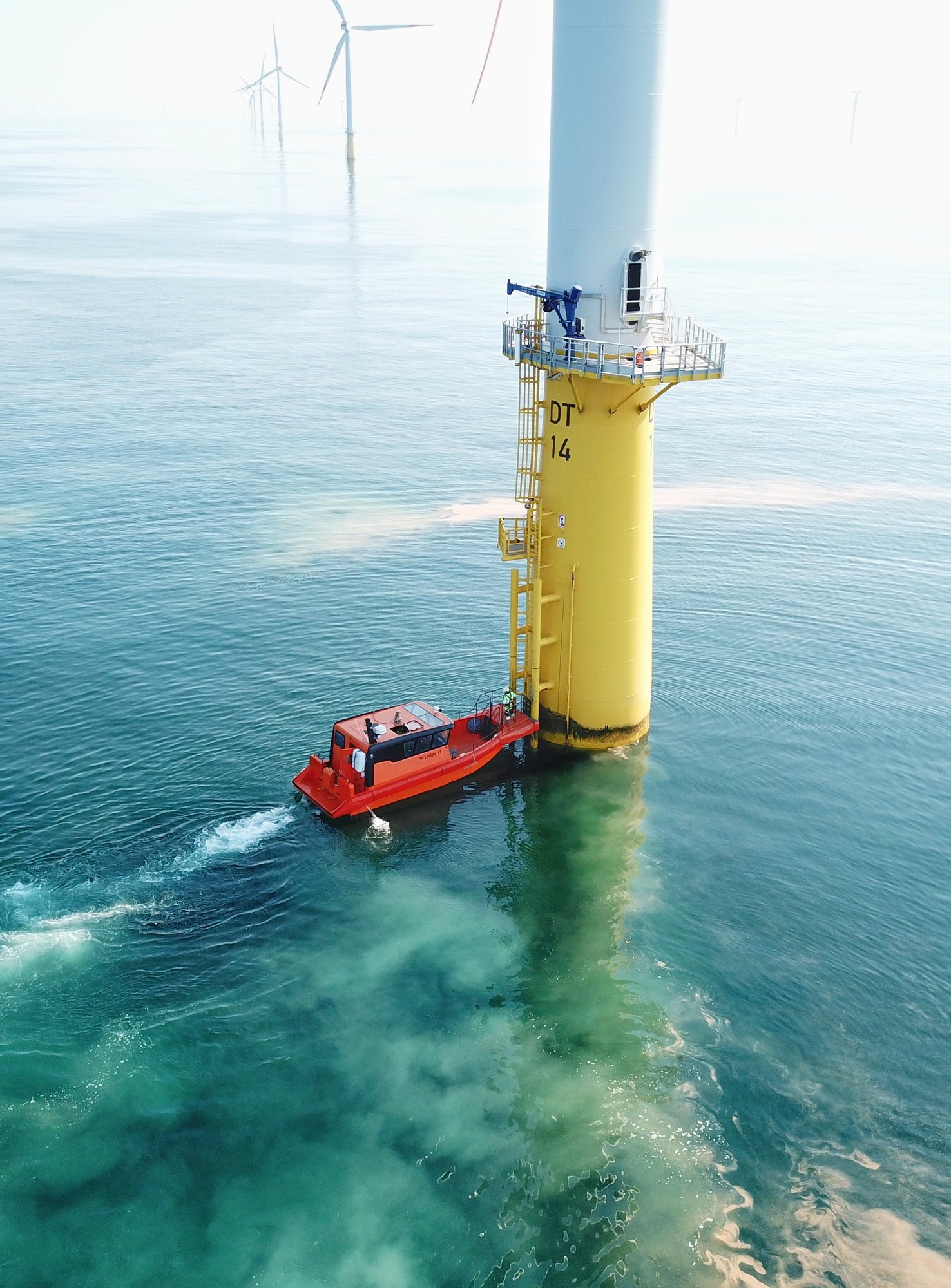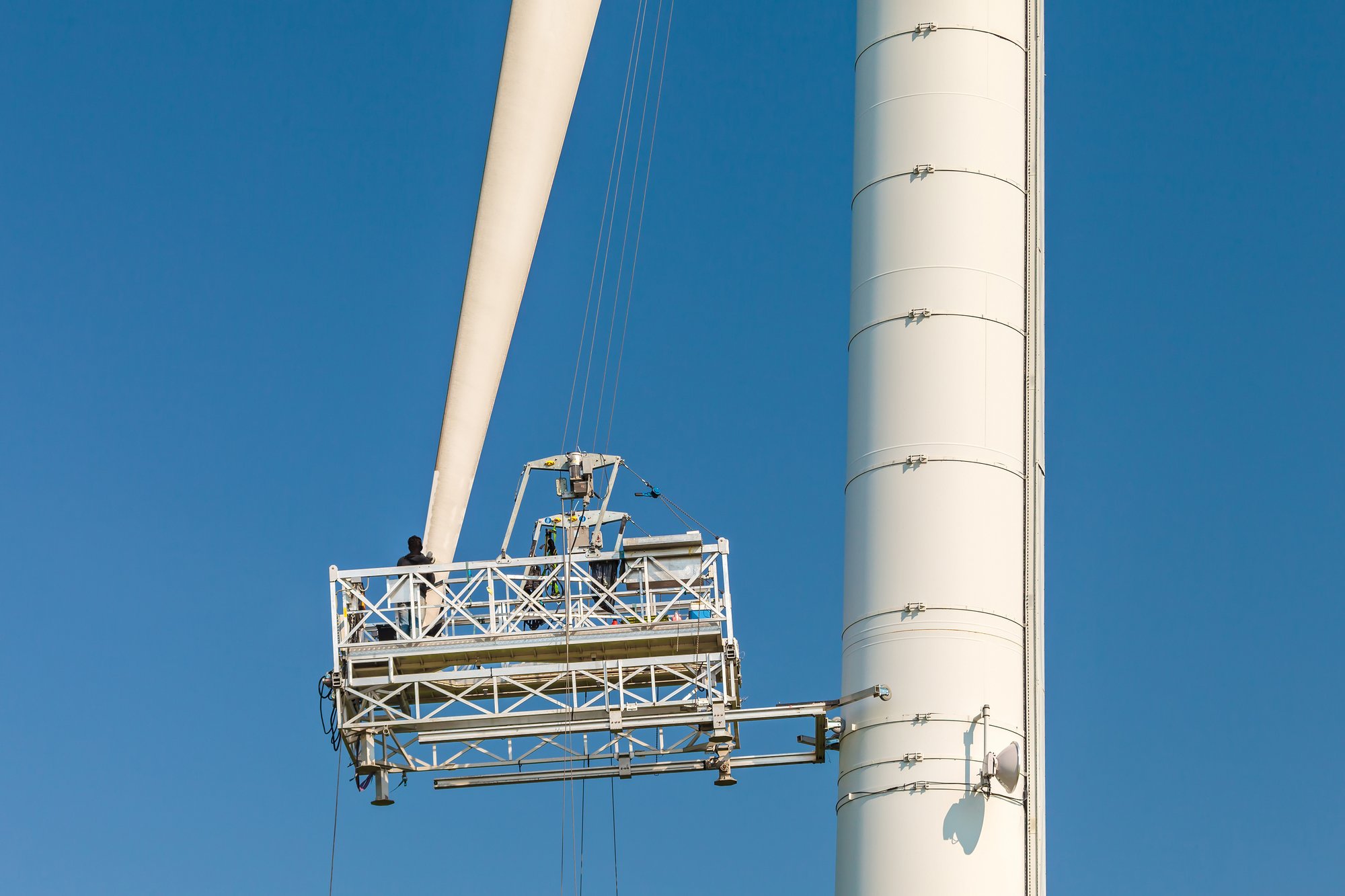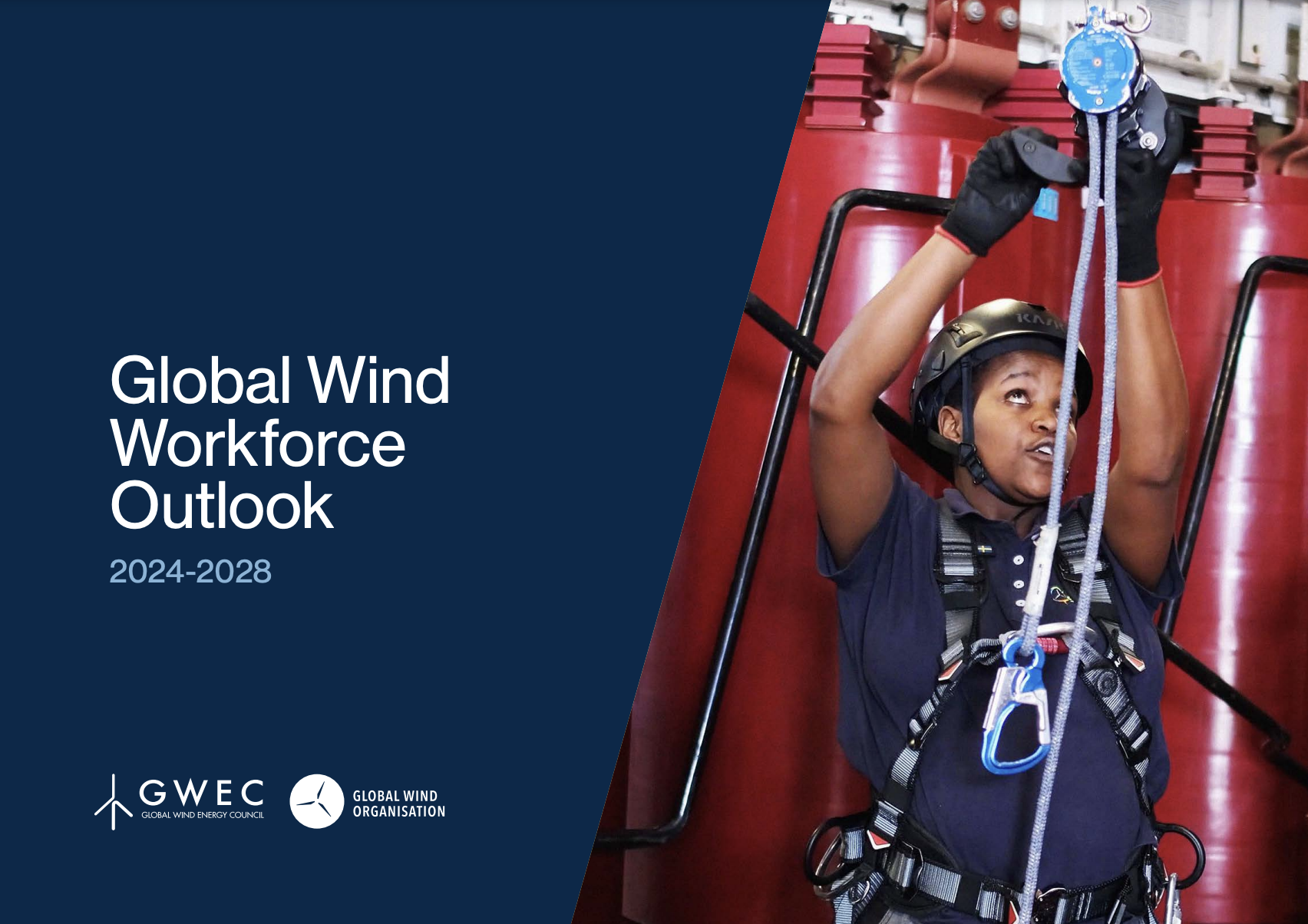GW of global operational wind capacity is expected to surpass this number by the end of 2028
wind technicians needed in line with this growth

Overview
The Global Wind Workforce Outlook builds on GWO’s Wind Workforce Model and leverages GWEC’s Market Intelligence as the primary inputs to predict the number of wind technicians required to construct, install, operate, and maintain the anticipated global wind fleet up to 2028.
The model used for this Outlook focuses on two phases (C&I and O&M) of the full wind value chain where globally recognised training standards like GWO training are applicable. Manufacturing, decommissioning and repowering stages and ancillary services to the wind industry such as transport and logistics fall outside the scope of this report, but may be considered in future editions as data becomes available.
The report’s forecast for training needs is therefore a fraction (albeit a large one) of the expansive job opportunities which will be generated by the growth of wind energy worldwide. That said, the Outlook’s focus areas are critical to the final stages of wind energy commissioning: the ‘all hands on deck’ period that sees projects move from planning into planning into operation. Addressing the workforce shortages in these areas can deliver immediate and tangible results, accelerating sector growth and supporting our industry’s contribution to global climate goals.

Key Insights
In 2023 the world saw global new wind power installations surpass the 100 GW milestone for the first time following the integration of 105.6 GW of onshore wind and 10.8 GW offshore wind capacity.
Thanks to this record installations, global cumulative wind power capacity passed the 1 TW milestone in 2023, showing year on year growth of 13%. Behind these figures lies an expanding workforce and it is these extraordinary people and their training needs that remains the focus of this report.
This report examines four aspects of workforce development in the wind industry through the following guiding questions:
- Supply and Demand: How many wind technicians will be needed in the coming years, and what will the future workforce structure look like? Where does the current workforce stand compared to future needs and what gaps must be filled to meet
those demands? - Policy: What are the main factors driving global workforce demand, and how do policies in ten key countries shape workforce development? What policies are required to further support and foster industry growth?
- Challenges: What challenges does the wind industry face in meeting workforce supply needs
- Technology: How do advancements in technology impact workforce requirements within the wind industry

GWEC Market Intelligence
- According to GWEC Market Intelligence, annual wind capacity additions are projected to grow significantly from 131 GW in 2024 to 182 GW by 2028.
- By the end of 2028, total global operational wind capacity is expected to surpass 1,800 GW. In line with this growth, the total number of technicians needed is expected to exceed 532,400.
- The number working in the Construction and Installation(C&I) segment is forecast to reach 307,790 by 2028, with 251,109 working onshore and 56,681 offshore. Similarly, the total number of Operations & Maintenance (O&M) technicians is expected to increase to 224,623, including 205,123 onshore and 19,500 offshore.
- Comparing the total workforce in 2018, when offshore wind technicians made up only 10,639 (2.6%), demand has grown significantly. By 2028, the number of offshore technicians is forecast to be more than seven times that number, at 76,181 (14.3%), reflecting substantial growth in both absolute numbers and share of the total workforce.
.png?width=500&height=500&name=BEAM%20(1).png)
Special Feature
Bridging The Gap: AI Innovation In Offshore Wind By Lead Sponsor
Many nascent markets are emerging and racing to increase capacity. However, there are several hurdles that must be overcome for the industry to succeed – a growing workforce need is one of them. Explore the case study by our lead sponsor, Beam and see how AI innovation in offshore wind can push the boundaries of progress.

Contact Our Team For Media Enquiries
Alex Bath
Communications Director
-
alex.bath@gwec.net


